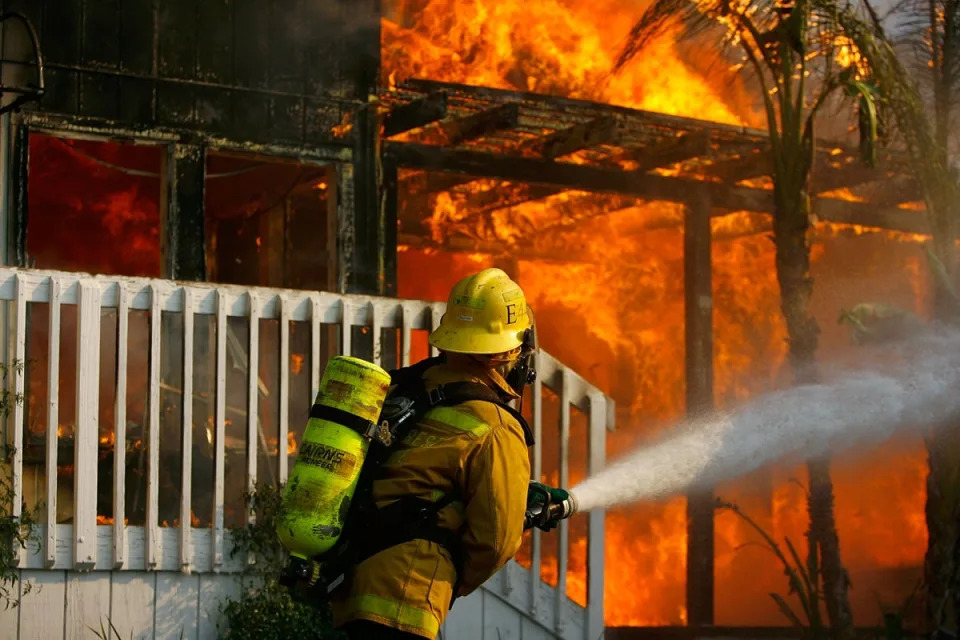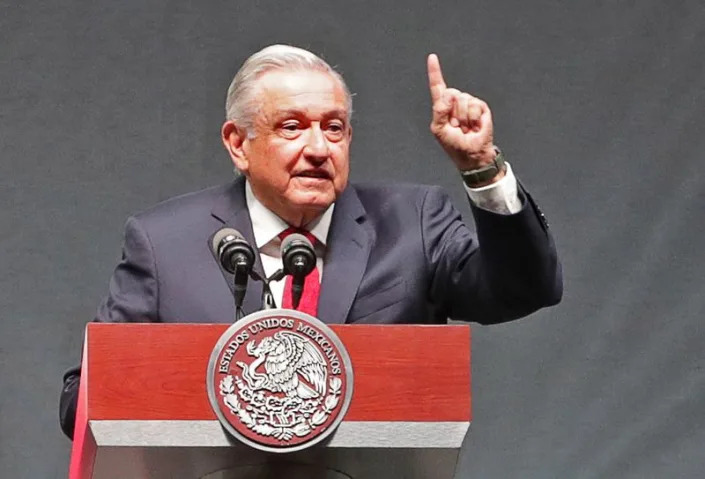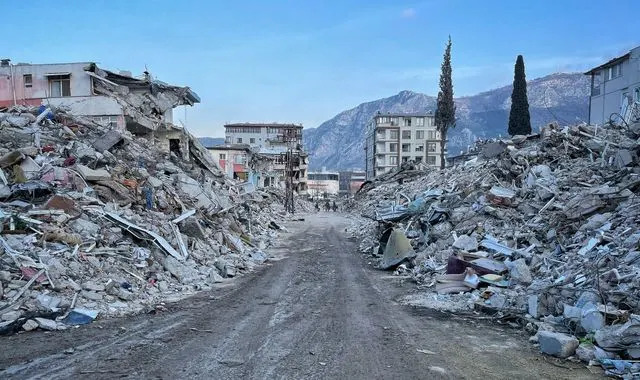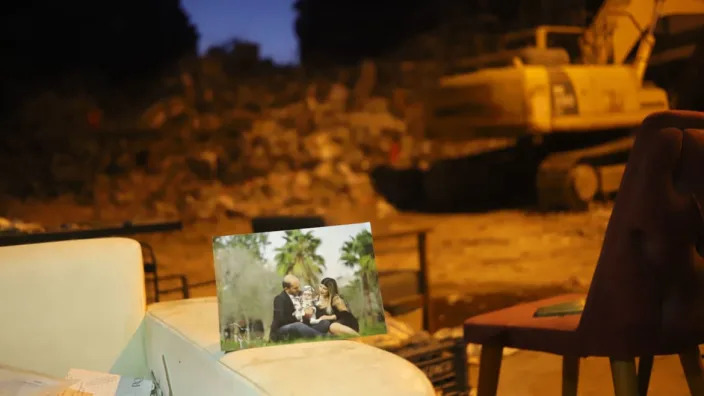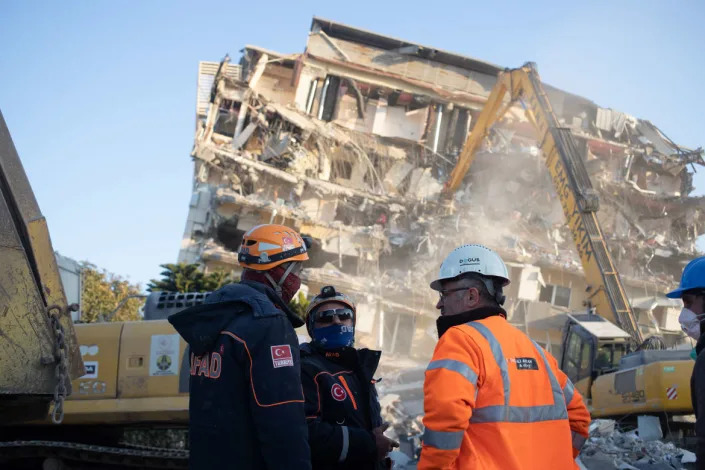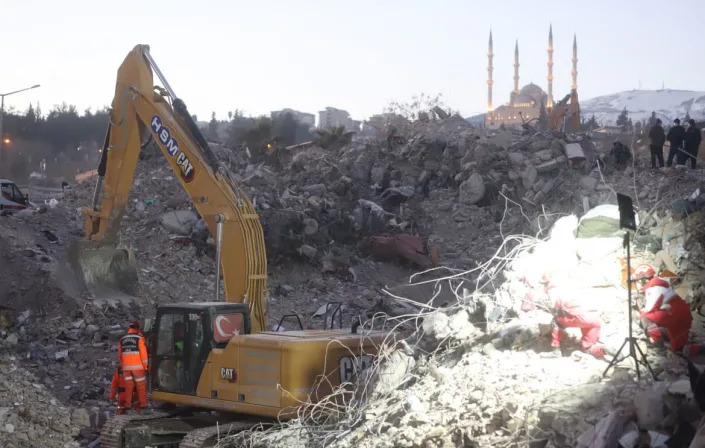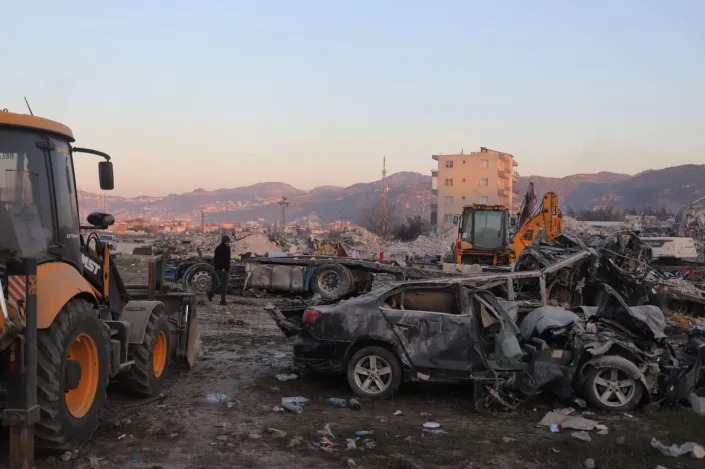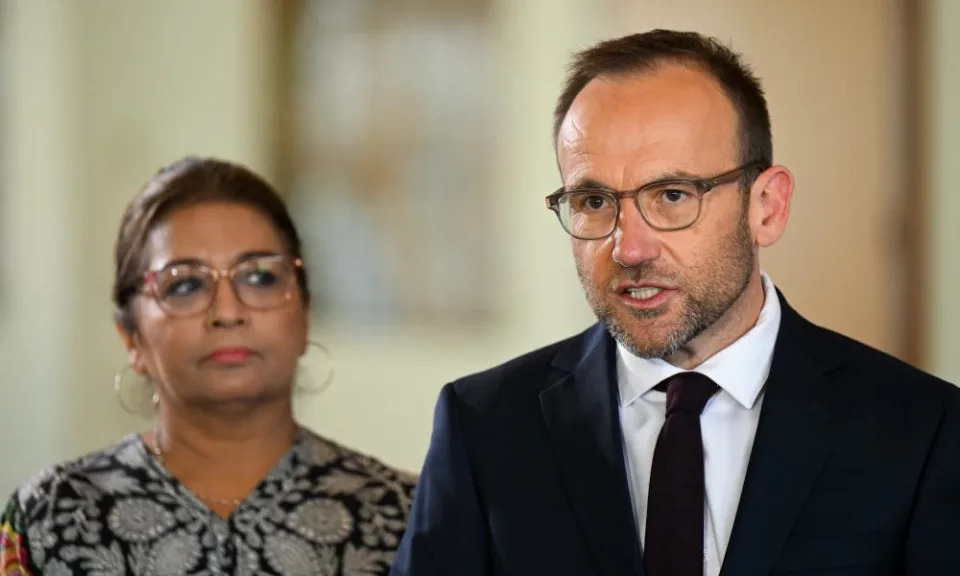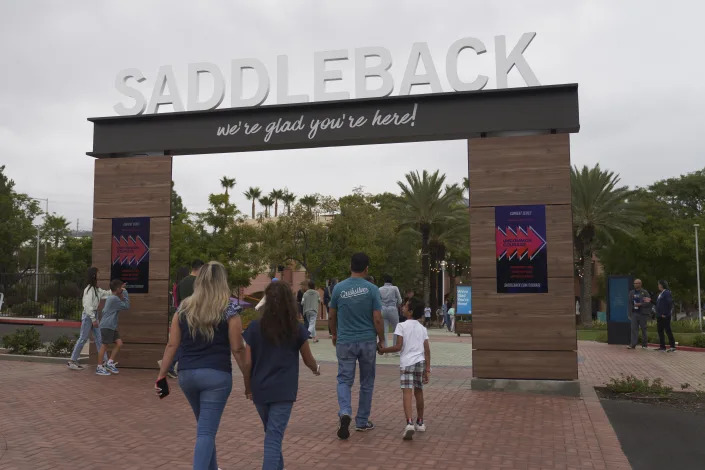

Pastor Rick Warren speaks during the Southern Baptist Convention's annual meeting in Anaheim, Calif., Tuesday, June 14, 2022. On Tuesday, Feb. 21, 2023, the Southern Baptist Convention ousted its second-largest congregation — Saddleback Church, the renowned California megachurch founded by Warren — for having a woman pastor. (AP Photo/Jae C. Hong, File)
PETER SMITH
Tue, February 21, 2023 at 12:58 PM MST·6 min read
The Southern Baptist Convention on Tuesday ousted its second-largest congregation — Saddleback Church, the renowned California megachurch founded by pastor and best-selling author Rick Warren — for having a woman pastor.
The vote by the convention's Executive Committee culminates growing tension between the nation's largest Protestant denomination — which officially opposes women as pastors — and a congregation whose story has been one of the biggest church-growth successes of modern times.
The committee cited Saddleback's having “a female teaching pastor functioning in the office of pastor," an allusion to Stacie Wood, wife of the current lead pastor of Saddleback, Andy Wood.
But the controversy began in 2021, when Warren ordained three women as pastors, prompting discussions within the denomination about possibly expelling the megachurch.
Warren retired last year after more than 42 years at Saddleback. He made an emotional speech in June 2022 at the Southern Baptists’ annual convention in Anaheim, standing by his ordination of women. He told delegates who debated the issue, “We have to decide if we will treat each other as allies or adversaries.”
But the Executive Committee took the vote Tuesday without public discussion after meeting in executive session.
It voted to approve a recommendation from the denomination's Credentials Committee that Saddleback be deemed “not in friendly cooperation with the Convention" — the terminology used for ousting a church. While Southern Baptists' statement of faith officially opposes women as pastors, each congregation is self-governing, so the main enforcement mechanism is to oust it from membership.
The Executive Committee's motion said that Saddleback “has a faith and practice that does not closely identify with the Convention’s adopted statement of faith, as demonstrated by the church having a female teaching pastor functioning in the office of pastor.”
In a statement late Tuesday, the church didn’t indicate whether it planned to exercise its right to appeal the decision at the Southern Baptists' next annual meeting, scheduled for New Orleans in June.
“We love and have always valued our relationship with the SBC and its faithful churches,” Saddleback elders said in a statement. "We will engage and respond through the proper channels at the appropriate time in hopes to serve other like-minded Bible believing SBC churches. Meanwhile, we remain focused on following God’s leadership to love and serve our church family and the communities around our campuses."
Mike Keahbone, an Executive Committee member and Oklahoma pastor, said an appeal “appears likely.”
“This was the heart of the room; to let the messengers (delegates) of the SBC decide,” Keahbone tweeted Tuesday.
With its main campus in Lake Forest, south of Los Angeles, Saddleback Church has grown over four to 14 locations in Southern California, with an average weekly attendance of 30,000. There are four international campuses —in Hong Kong, Germany, the Philippines and Argentina.
Wood told The Associated Press last year that the Bible “teaches that men and women were given spiritual gifts by God.” His wife has served as teaching pastor for Saddleback.
“The church should be a place where both men and women can exercise those spiritual gifts,” Wood said. “My wife has the spiritual gift of teaching and she is really good. People often tell me she’s better than me when it comes to preaching, and I’m really glad to hear that.”
The Executive Committee also voted to oust five other congregations -- four over the issue of women as pastors and one over the issue of sexual abuse.
When Southern Baptists last updated their official statement of belief — The Baptist Faith and Message — in 2000, they added this clause: “While both men and women are gifted for service in the church, the office of pastor is limited to men as qualified by Scripture.”
The five churches ousted for having women as pastors “have been valued, cooperating churches for many years, and this decision was not made lightly,” Committee Chairman Jared Wellman said in a statement. "However, we remain committed to upholding the theological convictions of the SBC and maintaining unity among its cooperating churches.”
Warren, with a social media following in the millions, has written multiple books, including the widely successful “The Purpose Driven Life.” In 2005, Time magazine named Warren one of the “100 Most Influential People in the World,” and he delivered the invocation at President Barack Obama's inauguration in 2009.
The church grew from a startup by Rick Warren and his wife, Kay Warren. With his charisma and easy, informal preaching style, Warren attracted thousands to the megachurch. Over the past decade, Warren also launched an ambitious plan to expand the church’s reach across Southern California as well as globally, a vision his successor has promised to complete.
Warren, in a tweet, said he and Kay would “respond to #SBC in OUR time & way thru direct channels" such as social media and newsletters.
Warren remains listed as founding pastor on the Saddleback website.
The SBC has in recent years authorized the ouster of churches that don't conform to its statement of faith. This includes churches with women pastors, LGBTQ-inclusive polices, support for racism or failure to respond adequately to child sexual abuse, such as employing offenders as pastors.
In some cases, the committee has ousted churches for allegedly failing even to cooperate in answering to such allegations, as reflected in some of the motions approved on Tuesday.
It deemed Freedom Church in Vero Beach, Florida, to be not in friendly cooperation “based on a lack of intent to cooperate in resolving concerns regarding a sexual abuse allegation." The denomination has been roiled by allegations in recent years of sexual abusers remaining in ministry, prompting the convention to vote for stricter policies. A task force focused on the issue this week announced the hiring of a firm to oversee a new database of credibly accused ministers.
Freedom Church's pastor, Richard Demsick, told the AP that the SBC has sent conflicting messages to the church. In a letter to national, state and local Southern Baptist entities, church leaders disputed any allegation of abuse, asked for additional information and said they planned to appeal any ouster.
The Executive Committee ousted New Faith Mission Ministry of Griffin, Georgia, and St. Timothy’s Christian Baptist in Baltimore, citing their “lack of intent to cooperate in resolving a question” arising from the churches having women senior pastors.
And it ousted Fern Creek Baptist Church in Louisville, Kentucky, and Calvary Baptist Church in Jackson, Mississippi, both for having female lead pastors, indicating they have a “faith and practice” at odds with the convention's.
The SBC has 13.7 million members, but has seen net declines over more than a decade in members and baptisms, its key metric for spiritual vitality.
___
Associated Press religion coverage receives support through the AP’s collaboration with The Conversation US, with funding from Lilly Endowment Inc. The AP is solely responsible for this content.
